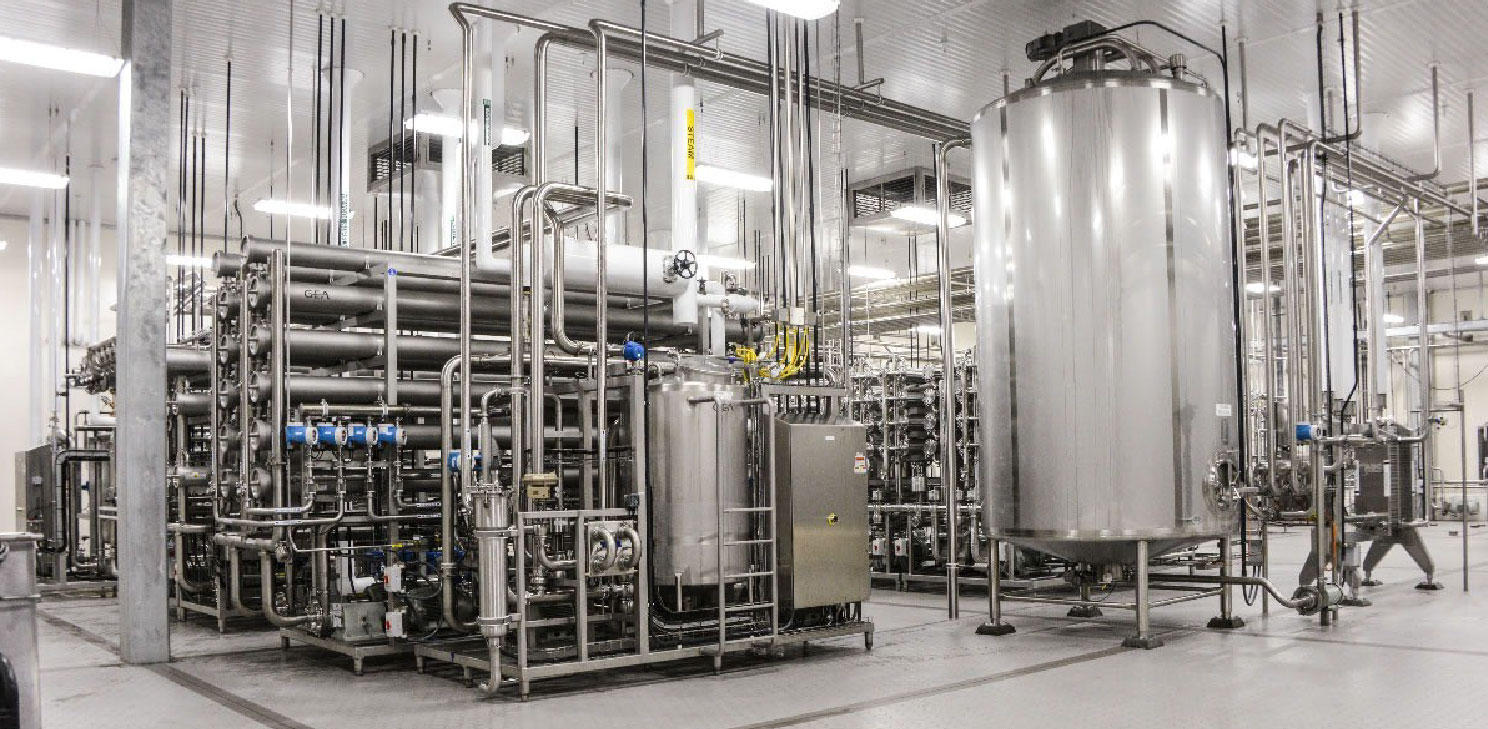Filtration in aseptic processing is a necessary step to ensure sterility of the end product so it can meet regulatory guidelines and reduce contamination risks to consumers. The global sterile filtration market is predicted to reach $7.3 Billion by 2026 due to its necessity in the pharmaceutical and food and beverage industries. Filtration provides an alternative to sterilization of pharmaceutical products that are not suitable for terminal heat sterilization which can cause unwanted degradation.
Drug products must be free of foreign matter to ensure their strength, purity, and quality. The manufacturing environment, personnel and raw materials can all introduce contaminants, non-viable particles which are any non-living thing that shouldn’t be present and viable particles like bacteria, moulds, yeasts, viruses, and other microorganisms (also referred to as the bioburden).
The EU guidelines for aseptic processing laid out in the revised Annex 1, put into effect last year, specify the need for a filtration step in the manufacturing process.
8.5 Processing of the bulk solution should include a filtration step with a microorganism retaining filter, where possible, to reduce bioburden levels and particles prior to filling into the final product containers and there should be a maximum permissible time between preparation and filling
Membrane filters are the most common type of filters used for liquid sterilization, prepared as circular membranes of about 150μm thickness that contain millions of microscopic pores of uniform diameters that vary based on porosity needs. The selection of filters for sterilization must account for the size range of the contaminants to be excluded.
Depth filters trap particles in the network of fibres in their structure and are used for sterilization of air in industrial processes and biosafety applications. Cleanrooms use high-efficiency particulate air (HEPA) filters, which are a type of depth filter. HEPA filters are single sheets of borosilicate glass fibre that have been treated with a water-repellent binder, removing 0.3 μm test particles with an efficiency of at least 99.97% including most microorganisms, from the airstream.
Sterile filters should be selected based on functionality which is defined by qualification testing and validation. Filters should be judged on functionality for the specific pharmaceutical product that is being manufactured. Filters should not affect or remove stream components, be adversely affected by the process stream itself, meet all requirements within product and process conditions and be proven to be an effective sterilization method.
Filtration is a necessary step required by the revised EU Annex 1 guidelines for aseptic processing, essential for maintaining the sterility and safety of pharmaceutical products. Choosing the right filters for the aseptic process is critical in minimizing bioburden and particle contamination during manufacturing. Discuss Annex 1 compliance, filtration needs and gain expert insights at the Innovatrix ‘3rd Aseptic BioPharma Processing Summit’ in Vienna, Austria, on October 29–30, 2024.
For more information, visit our event page or email us at info@innovatrix.eu for the event agenda.













